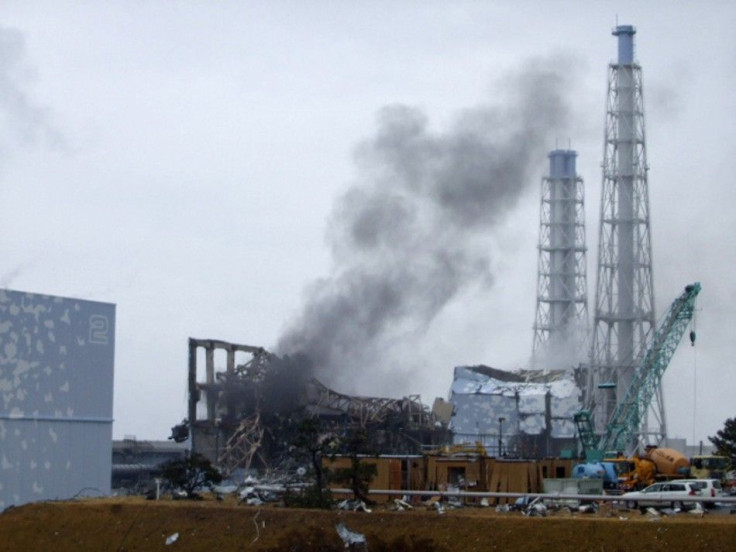TEPCO Says Fukushima Reactors Have Power

Tokyo Electric Power Company is reporting that as of 9 p.m. Monday local time (7 a.m. Eastern) power is available in the four damaged reactors at the Fukushima Daiichi nuclear power plant, which will help to stabilize the reactor cores and the spent fuel pools.
All six of the reactors at the site have achieved cold shutdown, TEPCO said in a statement. But there are still open questions about whether one of the pools containing spent fuel has any water in it at all, and whether it is still in danger of overheating.
Electrical power is needed to pump water into the buildings. Water cools the reactor cores and spent fuel so that it doesn't heat up enough to melt down. Two of the four reactors may already have suffered partial meltdowns, while the spent fuel pool in the fourth may have run out of water completely.
When the earthquake hit Japan on March 11, it was followed by a tsunami that flooded the building where the electrical generators powering the pumps were located. That stopped the flow of coolant to the reactors. There are six reactors at the plant. Two, reactor nos. 5 and 6, were shut down for maintenance when the quake occurred.
Reactor nos. 1, 2 and 3 suffered explosions as the temperature inside the reactor vessels rose and they released hydrogen, which ignited. In reactor no. 4 the containment pool holding the spent fuel may have lost its water, resulting in overheating of the fuel rods. That reactor had a fire, though it is not clear whether it damaged the cladding that contains the radioactive fuel.
The four damaged reactors released radiation into the environment, resulting in an evacuation within several miles of the plant. In addition radioactive contamination has been discovered in some foods in northeastern Japan.
Japan Defense Minister Toshimi Kitazawa said in a news conference that the cooling pools atop the reactors had all dropped below 100 degrees Celsius (212 F), the point at which water boils.
Smoke was seen coming from reactor no. 3 on Monday afternoon, but it was not clear what the source was. Workers were evacuated from the building, spokesman Kaoru Yoshida told Bloomberg.
There are a total of six reactors at the plant. All of them are boiling water reactors, in which water is pumped through the reactor core and used to power turbines. Atop each reactor is a pool full of spent fuel rods. The water is both a coolant and radiation shield for the spent fuel. In addition to the six pools in the reactor buildings, a seventh holds spent fuel in another facility on the site.
If the spent fuel overheats, it could cause fires that would release a plume containing radioactive elements into the air.
© Copyright IBTimes 2024. All rights reserved.











